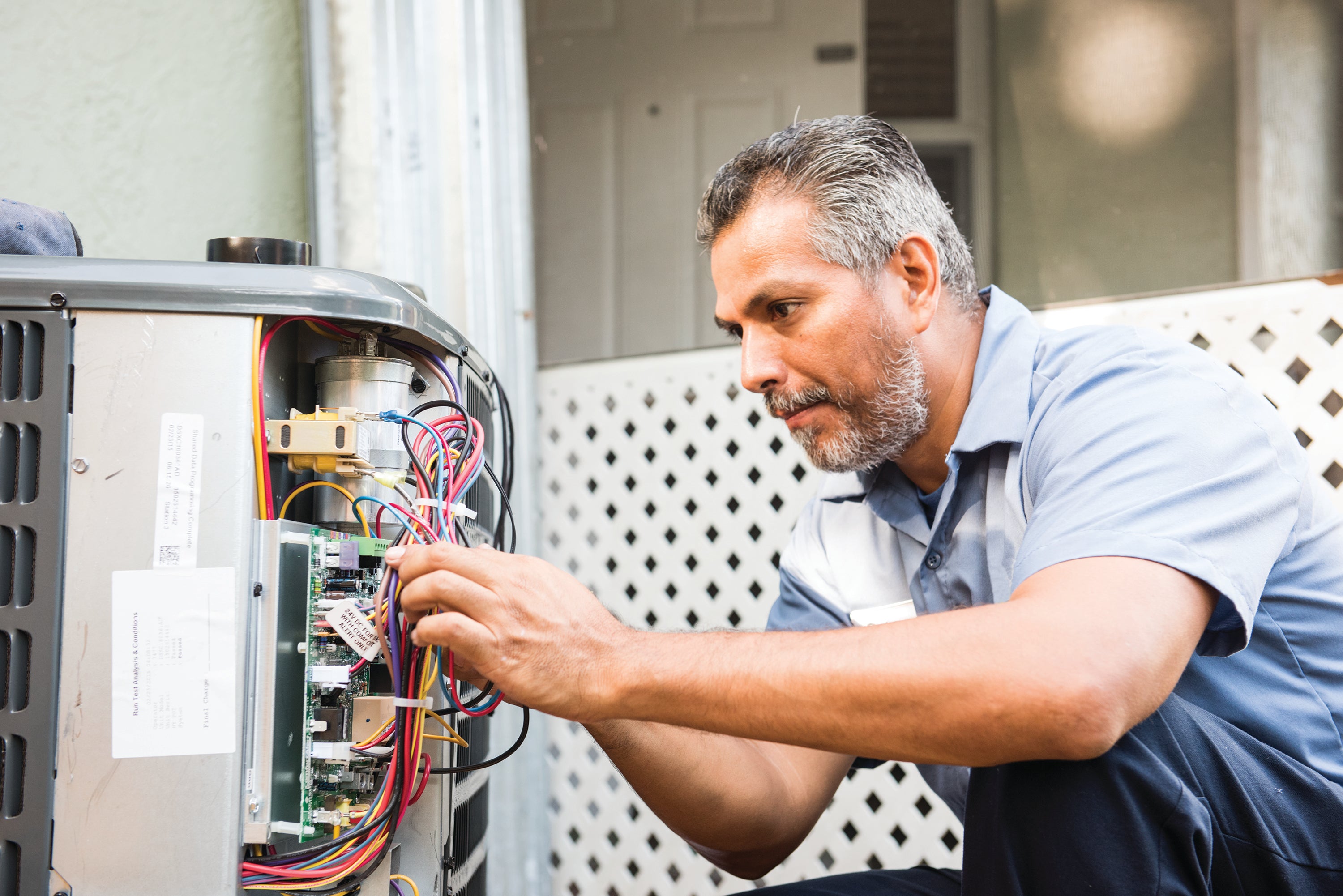Installing R32 HVAC systems requires careful planning, attention to detail, and adherence to best practices to ensure optimal performance, safety, and compliance. As the HVAC industry transitions towards more environmentally friendly refrigerants like R32, it's essential for installers to understand the unique requirements and considerations associated with R32 systems. In this blog post, we'll provide a comprehensive guide to best practices for installing R32 HVAC systems, covering everything from system design and equipment selection to installation techniques and safety precautions.
System Design and Equipment Selection:
Before beginning the installation process, it's crucial to carefully design the R32 HVAC system and select the appropriate equipment for the application. Consider factors such as building size, layout, occupancy, and environmental conditions to determine the capacity and configuration of the system. Choose R32-compatible components and equipment from reputable manufacturers that meet safety standards and regulatory requirements.
Safety Precautions and Personal Protective Equipment (PPE):
Safety should be the top priority when installing R32 HVAC systems due to the flammable nature of R32 refrigerant. Before starting work, ensure that all installers are properly trained and equipped with the necessary personal protective equipment (PPE), including safety goggles, gloves, and flame-resistant clothing. Establish safety protocols and procedures to minimize the risk of accidents and ensure compliance with safety standards.

Discover Top-Grade Air Conditioners: View Our Products Today
When handling and transporting R32 refrigerant cylinders and equipment, follow proper safety protocols to prevent leaks, spills, and accidents. Store R32 cylinders in well-ventilated areas away from sources of ignition and heat. Use approved handling and lifting equipment to move heavy cylinders safely, and always secure cylinders in an upright position during transportation to prevent tipping or damage.
Installation Techniques and Procedures:
During installation, follow manufacturer guidelines and industry best practices to ensure proper system setup and operation. Pay close attention to refrigerant piping layout, sizing, and insulation to minimize pressure drops and ensure efficient heat transfer. Use R32-compatible materials and components, such as copper tubing and fittings designed for use with flammable refrigerants, to prevent compatibility issues and ensure system integrity.
Leak Detection and Repair:
After installation, perform thorough leak detection tests to identify any potential leaks in the system. Use approved leak detection methods and equipment, such as electronic leak detectors or ultrasonic testing, to locate leaks quickly and accurately. If leaks are detected, follow proper repair procedures to address the issue promptly and prevent further leaks from occurring.
Documentation and Compliance:
Maintain detailed documentation of the installation process, including equipment specifications, piping diagrams, pressure test results, and leak detection records. Ensure compliance with regulatory requirements and safety standards by following manufacturer instructions and industry guidelines. Proper documentation not only facilitates system troubleshooting and maintenance but also demonstrates compliance with safety and regulatory requirements.
In conclusion, installing R32 HVAC systems requires careful planning, attention to detail, and adherence to best practices to ensure optimal performance, safety, and compliance. By following the guidelines outlined in this installer's guide, HVAC professionals can successfully install R32 systems while minimizing risks, ensuring system integrity, and achieving regulatory compliance. With proper training, equipment, and procedures, installers can contribute to the successful adoption of R32 technology in the HVAC industry. If you’re looking for an R32 product coming soon we suggest the Goodman 3 Ton 16.4 SEER2 R32 Air Conditioner Condenser.







